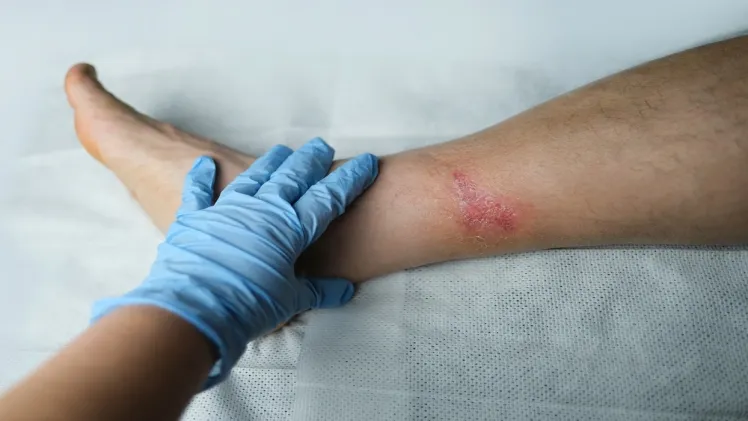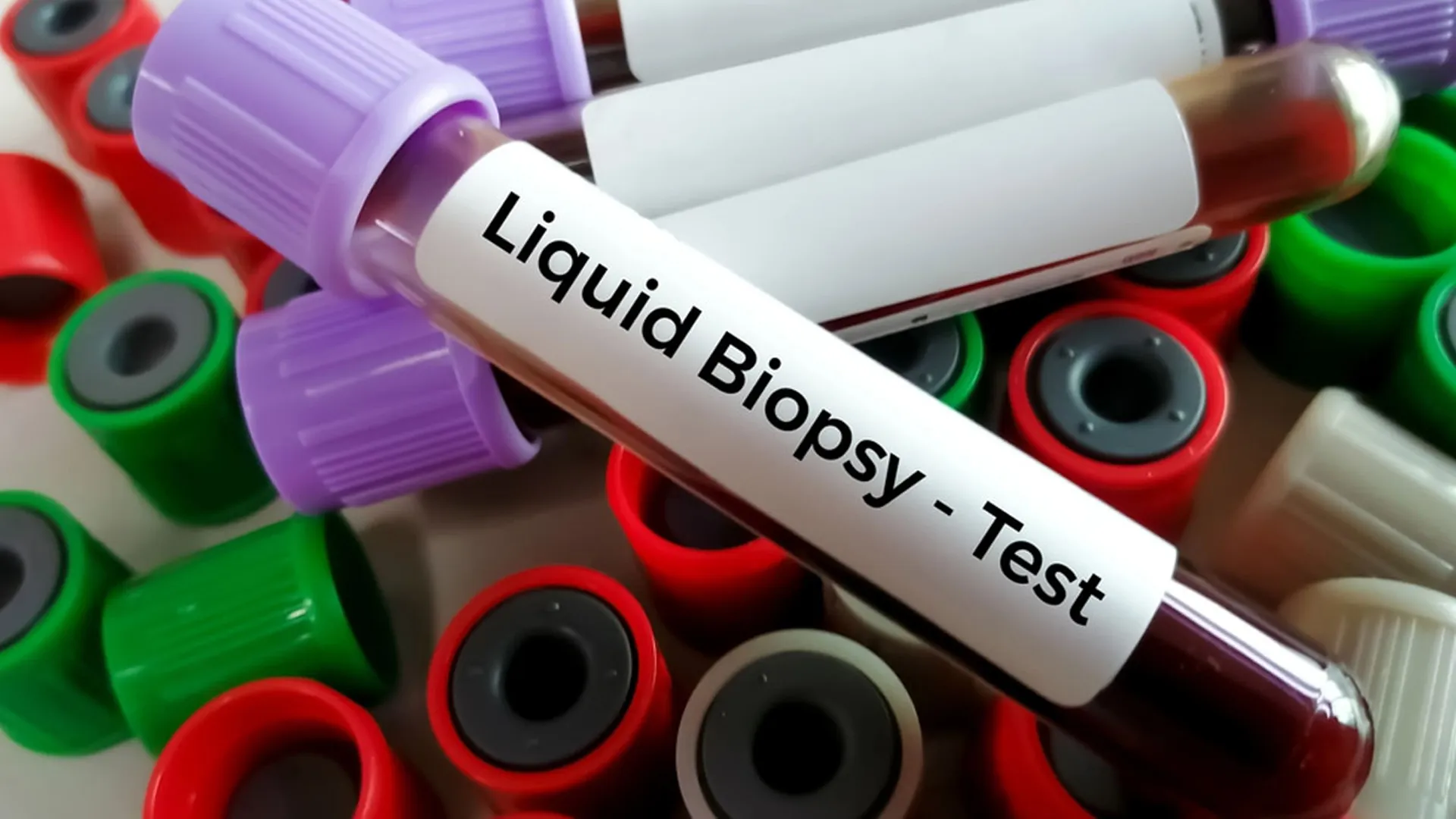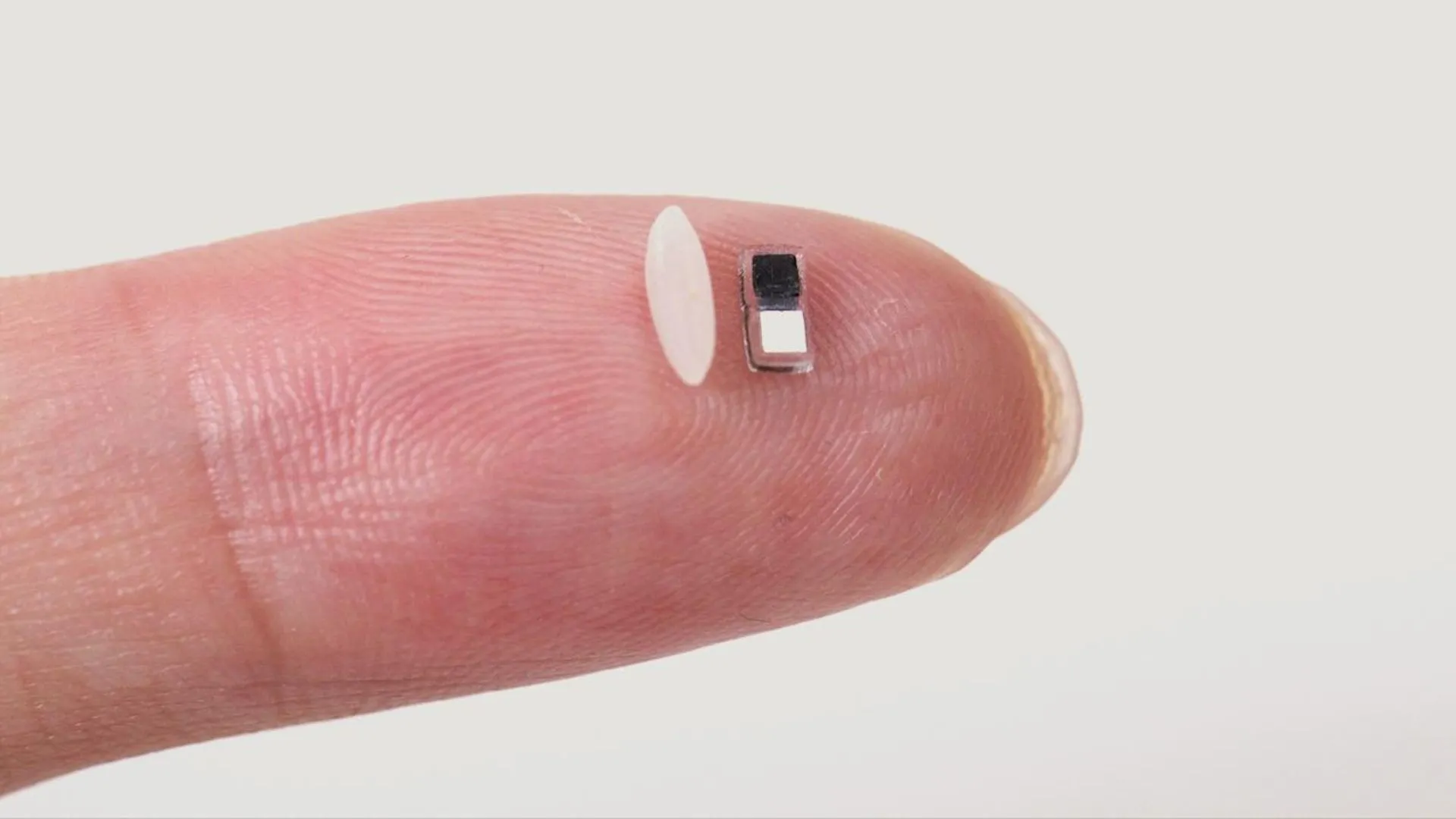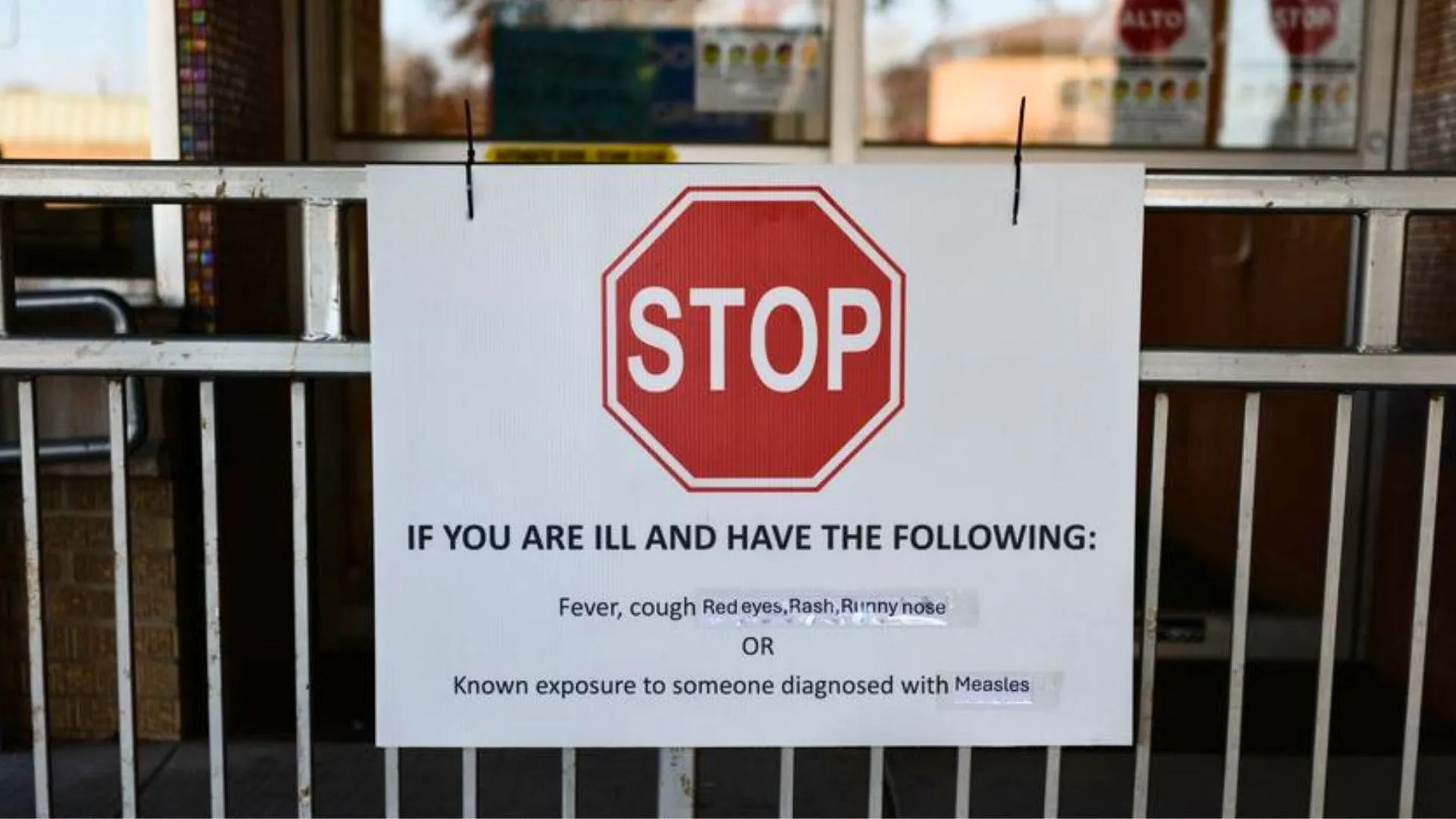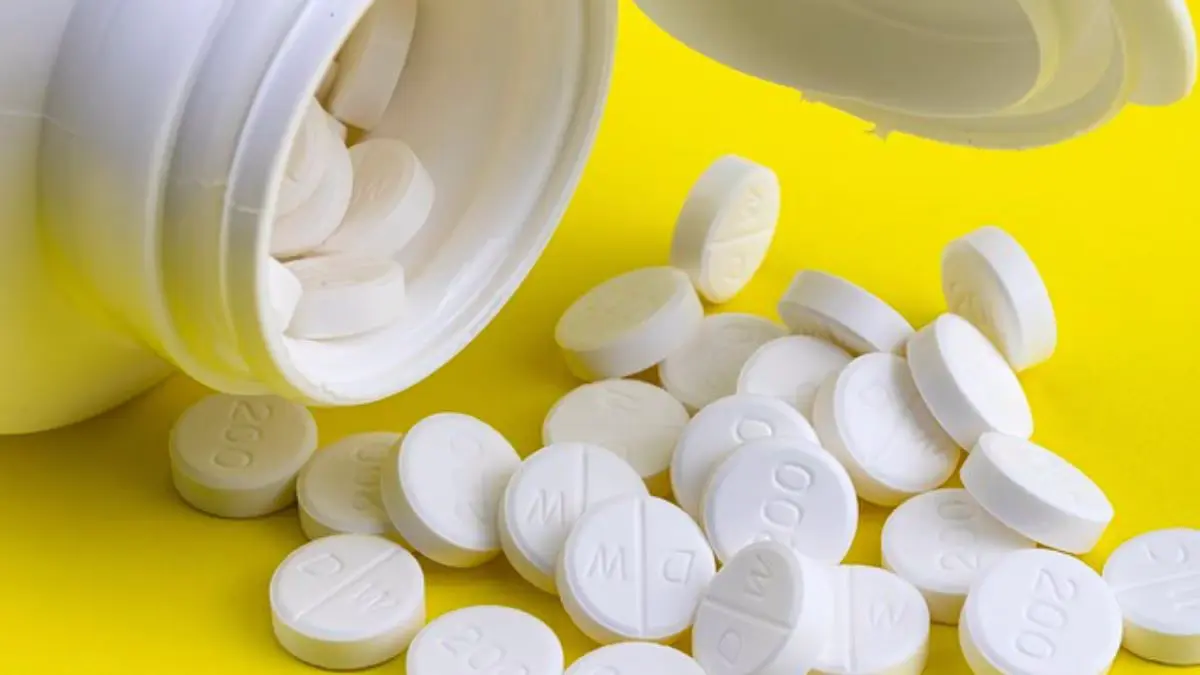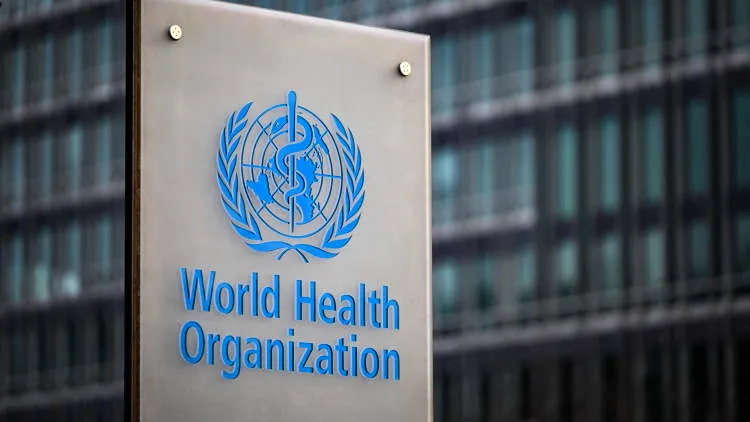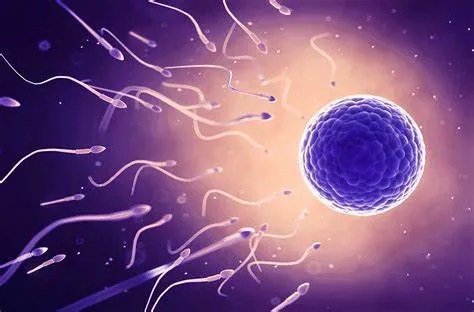Healing human wounds is a complex process involving the precise coordination of various cells and molecular pathways. Recent studies have provided new insights into how these cells interact and work together to repair tissue damage, offering potential advancements in medical treatments for wound healing.
Stages of Wound Healing
Wound healing occurs in several stages, and each stage requires specific cellular and molecular activity to ensure proper tissue repair. These stages include hemostasis, inflammation, proliferation, and remodeling, each driven by various cell types and signals.
1. Hemostasis
The first stage of wound healing is hemostasis, where the body works to stop bleeding immediately after an injury. Blood vessels constrict to reduce blood flow, and platelets aggregate to form a clot, which prevents further blood loss. These platelets release growth factors and proteins, setting the stage for the next phase of healing.
2. Inflammation
During the inflammatory phase, immune cells, particularly neutrophils and macrophages, rush to the site of injury. Neutrophils are among the first responders, cleaning the wound of bacteria and debris. Macrophages play a more prolonged role by removing dead tissue and secreting cytokines that help orchestrate the subsequent stages of healing.
Macrophages are pivotal in this phase not only for their role in cleaning but also for signaling the transition from inflammation to the proliferative stage. They release a variety of signals, including growth factors and cytokines like TGF-β (Transforming Growth Factor-beta), which aid in tissue regeneration and cellular migration.
3. Proliferation
The proliferative phase involves the formation of new tissue and blood vessels, a process known as angiogenesis. Fibroblasts, the primary cell type in connective tissue, are central to this phase. They produce collagen and extracellular matrix (ECM) components that provide structure to the newly formed tissue.
In this phase, epithelial cells also proliferate to close the wound, covering it with new skin. Keratinocytes, the predominant cell type in the epidermis, migrate across the wound bed to re-establish the protective barrier of the skin. This phase is essential for tissue regeneration and is dependent on various growth factors such as fibroblast growth factor (FGF) and vascular endothelial growth factor (VEGF), which encourage the formation of new blood vessels.
4. Remodeling
The final phase of wound healing is remodeling, where the newly formed tissue is strengthened and refined. During this phase, collagen fibers are reorganized to increase tensile strength. The wound contraction also helps reduce the size of the scar. This phase can last for months to years, as the body continues to refine the healed tissue, ensuring it is as close as possible to its original form.
Cellular Coordination in Wound Healing
The healing process is governed by a highly coordinated interaction between various cells. The key players in this process include platelets, neutrophils, macrophages, fibroblasts, and endothelial cells. These cells communicate through a complex network of molecular signals, ensuring the proper progression of each phase of healing.
Platelets and Growth Factors
Platelets are the first responders to a wound and play a critical role in the initiation of healing. Upon injury, platelets aggregate at the site and release numerous growth factors, including platelet-derived growth factor (PDGF), transforming growth factor-beta (TGF-β), and vascular endothelial growth factor (VEGF). These factors help recruit other cells to the site and facilitate tissue repair. PDGF, for example, attracts fibroblasts to the site of injury, while VEGF promotes the formation of new blood vessels, which is vital for supplying oxygen and nutrients to the healing tissue.
Neutrophils and Macrophages
Neutrophils, as the first immune cells to arrive at the wound site, are primarily responsible for clearing bacteria and preventing infection. They also secrete pro-inflammatory cytokines, which help recruit additional immune cells, including macrophages.
Macrophages play a crucial role in both the inflammatory and proliferative stages of wound healing. Their ability to clear debris, fight infection, and release growth factors makes them indispensable. Macrophages secrete cytokines such as TGF-β, which stimulate fibroblast migration and the production of collagen. They also release other factors that aid in angiogenesis and reepithelialization, processes vital for tissue regeneration.
Fibroblasts and Collagen Formation
Fibroblasts are the principal cells responsible for producing the extracellular matrix (ECM) components, such as collagen, that give new tissue its structure. In the proliferative phase, fibroblasts migrate into the wound site, where they synthesize collagen and other ECM proteins. This matrix serves as a scaffold for the new tissue, providing strength and support to the healing wound.
Fibroblasts also produce growth factors that promote the proliferation of epithelial cells, further accelerating wound closure. The coordination of fibroblast activity with that of other cells ensures that the wound heals efficiently without excessive scarring.
Endothelial Cells and Angiogenesis
Angiogenesis, the formation of new blood vessels, is crucial for delivering oxygen and nutrients to the healing tissue. Endothelial cells, which line the blood vessels, play a key role in this process. VEGF, released by platelets and macrophages, stimulates endothelial cells to form new capillaries, providing the newly formed tissue with the necessary resources for further growth and repair.
Advances in Wound Healing Research
Recent studies have made significant strides in understanding the cellular and molecular mechanisms underlying wound healing. Research has focused on improving treatments for chronic wounds, which often fail to heal properly due to underlying health conditions like diabetes, poor circulation, or immune deficiencies.
Innovations in stem cell therapy have shown promising results for enhancing wound healing, particularly in cases where the normal healing process is impaired. Stem cells have the potential to differentiate into various cell types, including fibroblasts and endothelial cells, to accelerate tissue regeneration. Researchers are also investigating the use of bioengineered scaffolds and growth factor delivery systems to further enhance wound healing.
Another exciting development is the study of wound healing in the context of aging. As people age, the ability of the skin and tissues to heal slows down. Understanding the mechanisms that contribute to delayed healing in elderly individuals is an area of active research, and new treatments could eventually improve the quality of life for aging populations.
Implications for Medical Treatments
A better understanding of how cells coordinate during wound healing has practical implications for medical treatments. Advances in wound care can lead to more effective therapies for patients suffering from chronic wounds, such as diabetic ulcers, pressure sores, and burns.
Current treatments focus on providing the right environment for healing, often through advanced dressings or topical agents that promote cell migration, reduce inflammation, and stimulate tissue regeneration. Furthermore, the use of growth factors, stem cells, and gene therapy offers the potential for targeted treatments that speed up the healing process.
The future of wound healing treatment may involve personalized medicine, where treatments are tailored to the specific needs of individual patients based on their genetic makeup and underlying health conditions. Researchers are also exploring the potential of using biomaterials and tissue-engineering techniques to create artificial skin and tissues for patients with severe injuries or burns.
The process of wound healing is a remarkable display of cellular coordination and communication. Through the combined efforts of platelets, immune cells, fibroblasts, endothelial cells, and other key players, the body can repair damaged tissue and restore its protective barrier. Research continues to uncover new insights into this complex process, offering the potential for more effective treatments and therapies that can improve the quality of life for patients with chronic or severe wounds.
As our understanding of wound healing deepens, we can expect even more innovative approaches to healthcare that will promote faster, more efficient healing and improve outcomes for those affected by wounds or injuries.

